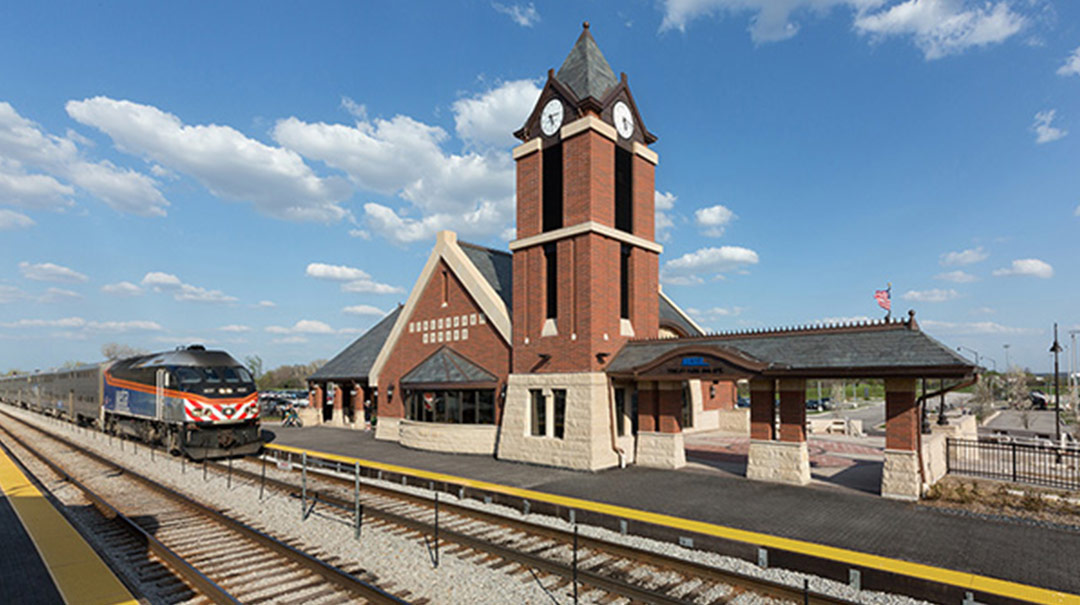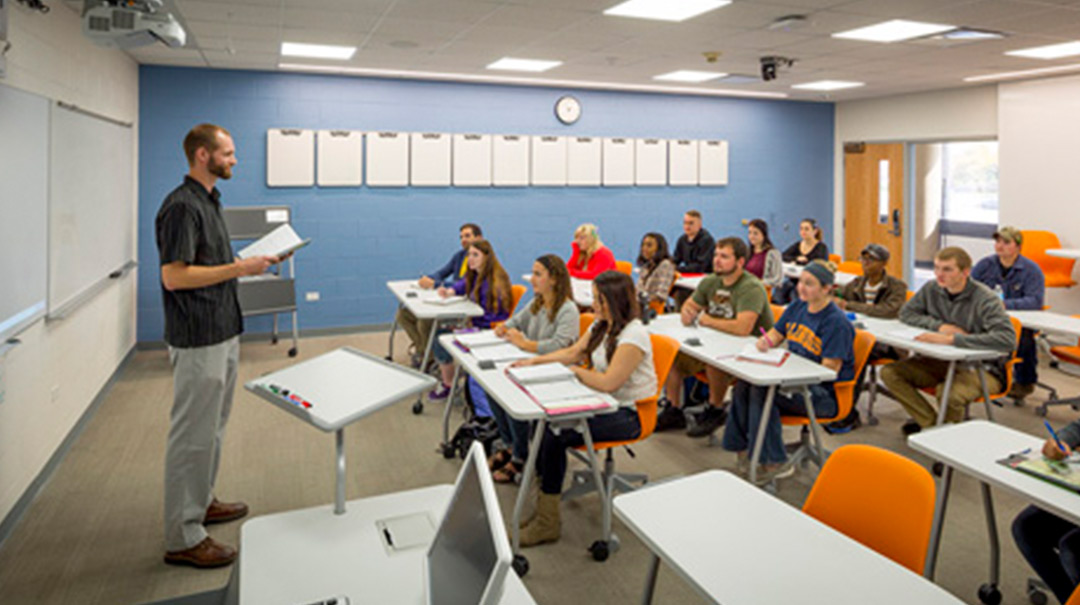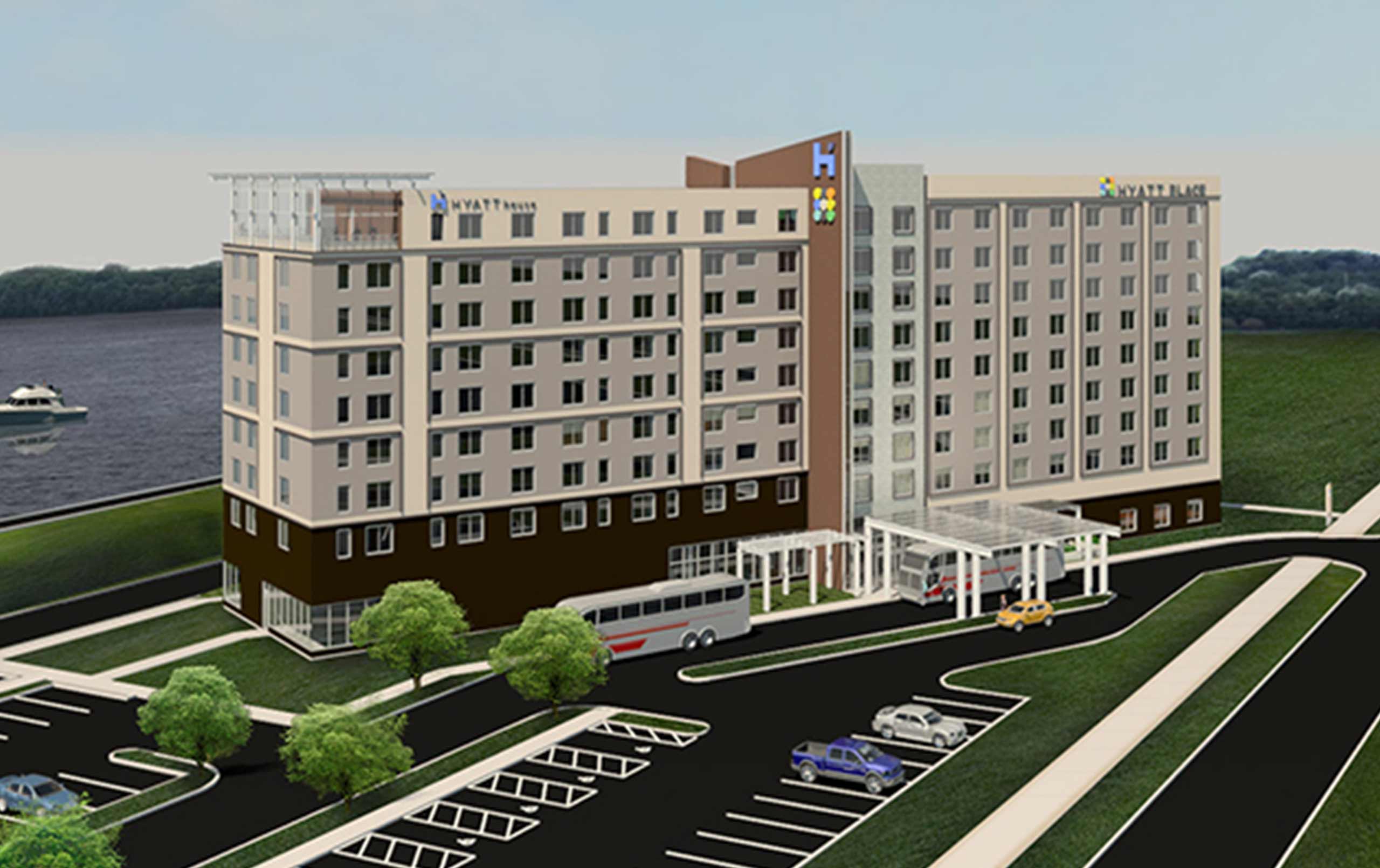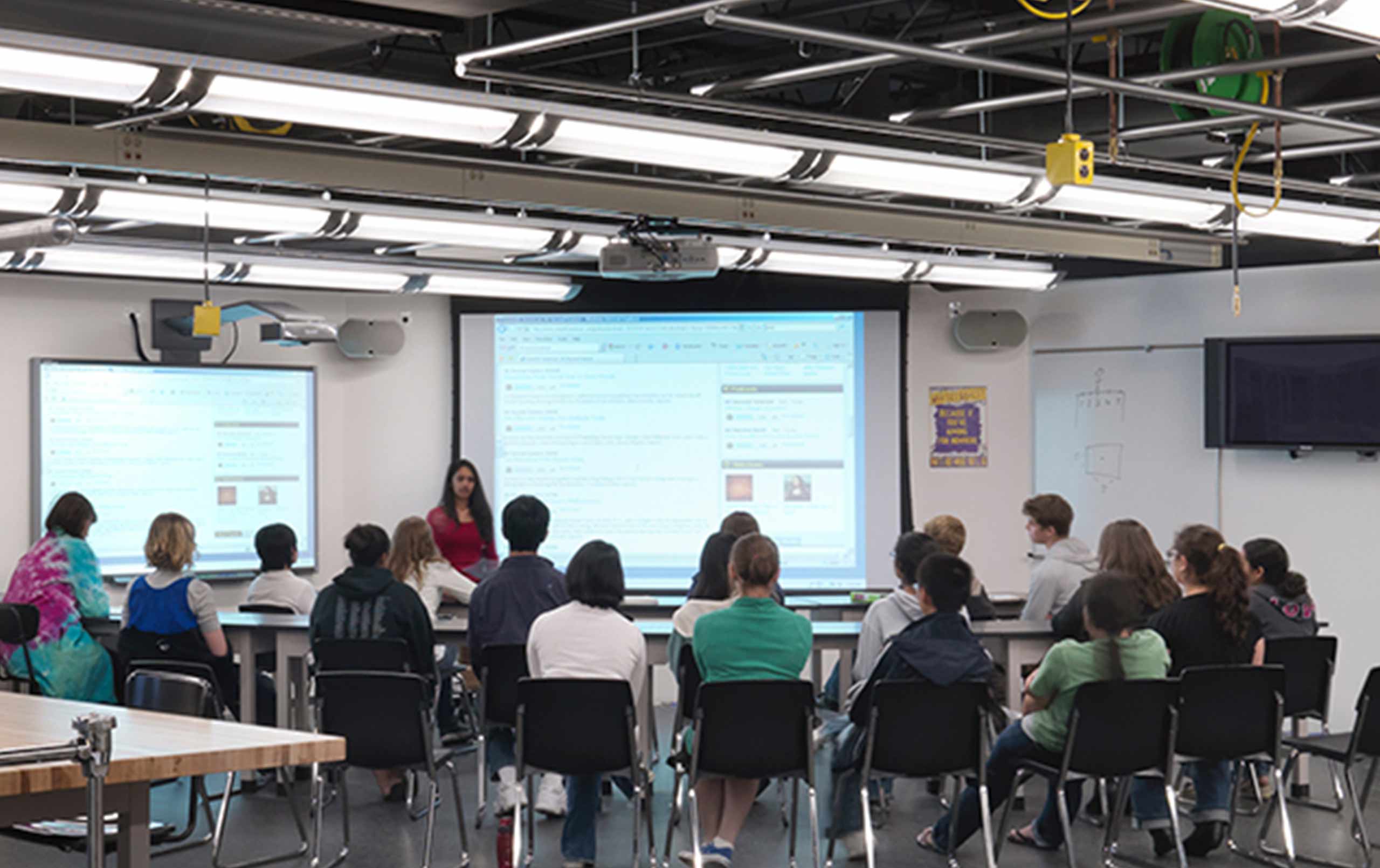
It’s about time for school facilities to catch up to the Information Age.
Technology is a pervasive part of our children’s lives. They’ve grown up with it. They can’t imagine life without it. Teachers continue to explore new ways of using technology as a teaching tool: virtual learning, 3D printing, coordination of diverse devices, and much more.
Unfortunately, many schools don’t have the infrastructure or budget to implement change without community support from private and public funding.

Consistently, school owners struggle to overcome this gap between advanced technologies and dated facilities. With the right design, technology can be used to support collaboration both within and beyond the classroom. Ideally, classes can use these advances to break the “campus bubble” and reach out to local and global communities for discourse and exchange.
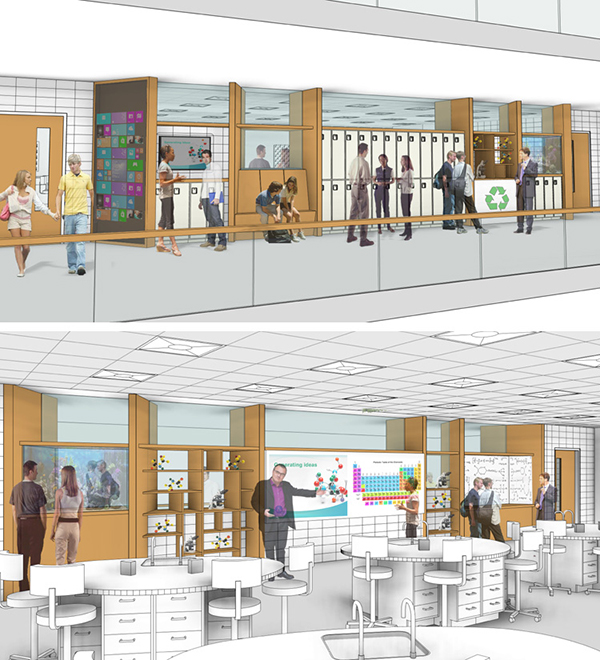
Adaptability
When it comes to technology, I encourage preK-12 schools to embrace adaptive design, or design that can be modified to respond to changes in educational delivery. This helps future-proof their facilities. Classrooms should be able to shrink and grow with assignments, devices employed, and learning group size.
Adaptability goes beyond the classroom. A simple corridor can become an educational tool with a membrane wall that uses technology and other elements to create a “kit of parts” that teachers and students adjust.
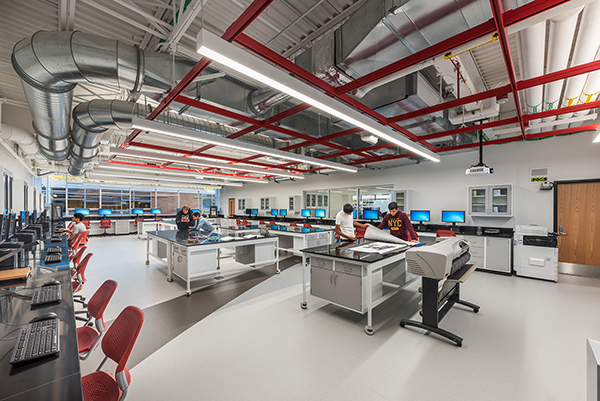
Makerspace
Some schools incorporate making-with-technology via “makerspaces,” “innovation labs,” and other unique settings. Educators use a variety of technologies to host open-ended learning sessions. Students explore the tools in an experimental space and teach themselves through doing. These types of open sessions are often paired with a more structured project approach, so the student learns to follow directions, as well as pursue her own interests.
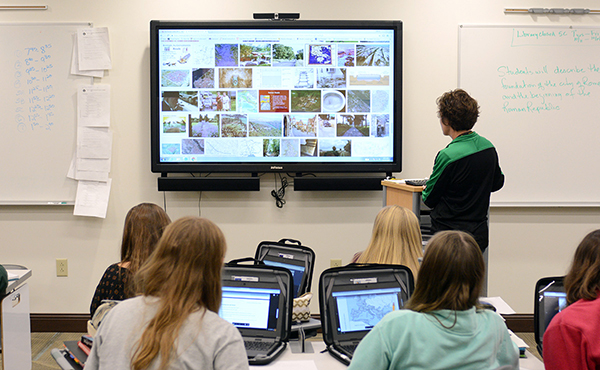
The Model Classroom
For an example of how a classroom can be renewed to accommodate advanced technologies, look to LaSalle-Peru High School.
Last summer, we remodeled one dated classroom to create a 21st century “Model Classroom.” The vibrant, spacious learning setting is equipped with flexible furniture and the latest technology.
The Model Classroom has helped redefine how classes operate, and it played an important role in the $38 million referendum the district passed in November, 2016.
Contact us to learn more about preK-12 design or educational technology, or comment below to share your thoughts on this post.
